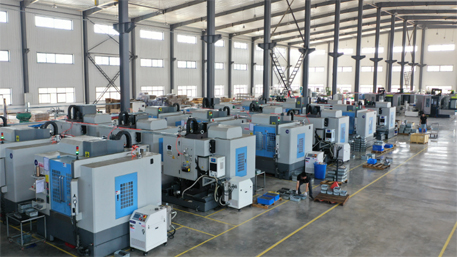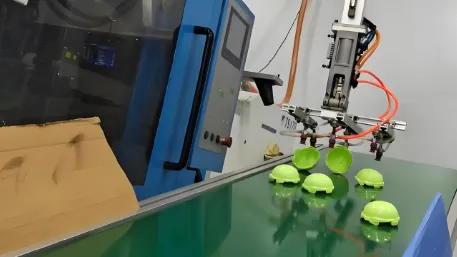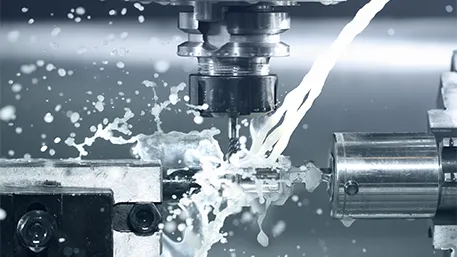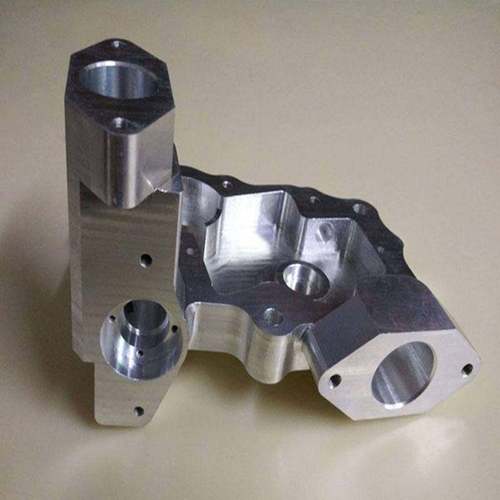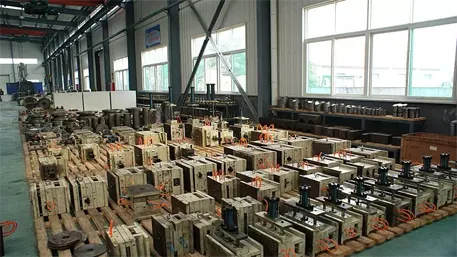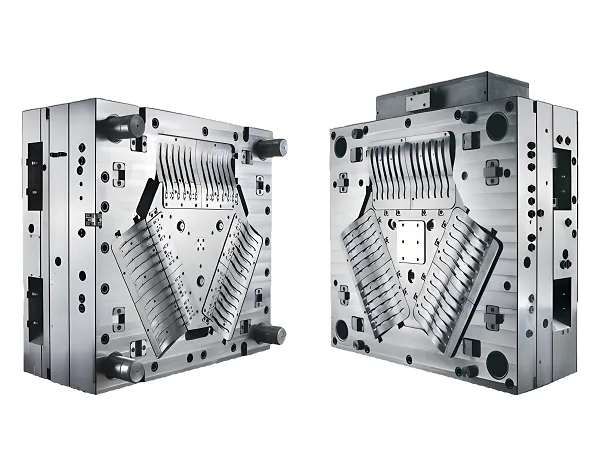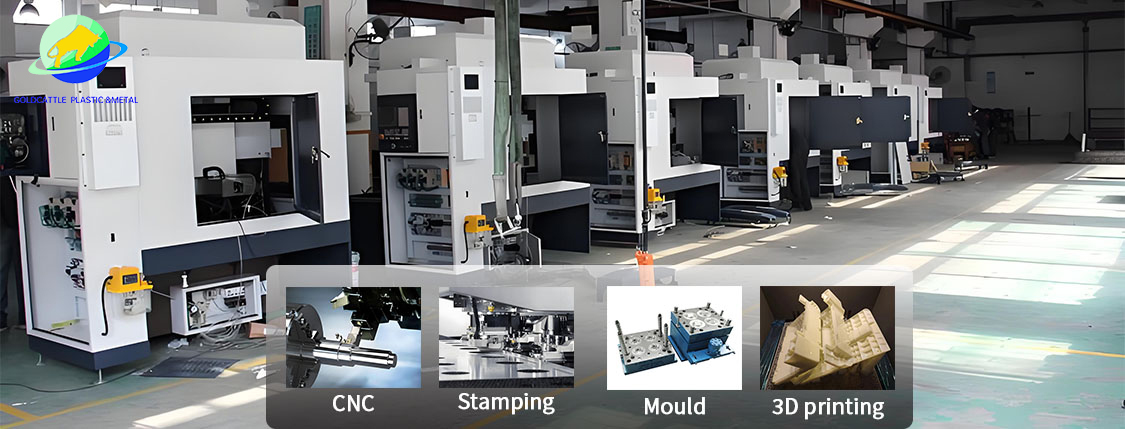This article takes the technical exploration in the field of auto parts manufacturing as the main line, analyzing how CNC processing technology breaks through industry bottlenecks through interdisciplinary integration and iterative innovation. By disassembling core scenarios such as power system optimization, lightweight material application, and digital twin verification, it reveals the key role of the technical exploration methodology in practice and demonstrates three paradigm shift paths for future technical exploration.
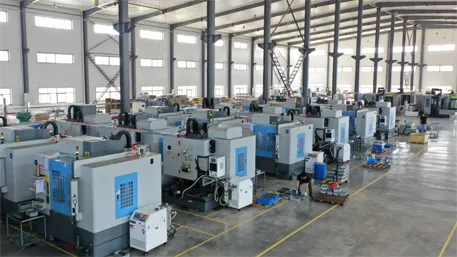
- Demand – Driven Exploration Starting Point
- Reverse Disassembly of Process Bottlenecks: Taking the machining of new – energy vehicle motor housings as an example, through thermal deformation simulation (Case: A company improved the machining accuracy from ±0.02mm to ±0.005mm), the optimization direction of the tool cooling scheme was identified.
- Cross – border Technology Transplantation: Drawing on the micro – hole processing technology from the semiconductor industry, a micro – milling process suitable for automotive sensor substrates was developed (pore diameter ≤ 0.3mm, depth – to – diameter ratio of 10:1).
- Construction of an Iterative Experimental System
- Rapid Prototype Verification: Using a 3D printing + CNC composite process, the development cycle of turbocharger impellers was compressed from 12 weeks to 3 weeks (empirical data from a German car company).
- Data – feedback Enhancement: A vibration monitoring system was deployed in the machining of aluminum alloy chassis parts. Through more than 3000 experiments, an optimization model for cutting parameters was established, and the yield rate increased by 27%.
- Breaking Material Limits
- Processing of Ceramic – matrix Composites: The development of diamond – coated tools and pulse cooling technology solved the problem of high – temperature coating cracking of brake discs (the stability of the friction coefficient increased by 40%).
- Processing of Ultra – thin – walled Parts: Through topological optimization + residual stress control technology, the machining of the side – wall thickness of electric vehicle battery trays to 0.8mm was achieved (the lower limit of the traditional process is 1.5mm).
- Integration of Intelligent Technologies
- Digital Twin Preview: A virtual twin of CNC processing was constructed to predict the delamination risk of carbon – fiber drive shafts, reducing the number of trial – production times by 65%.
- AI – autonomous Decision – making: A Japanese car company deployed a reinforcement learning algorithm in the machining of transmission gears to optimize the feed speed in real – time, reducing the energy consumption per piece by 22%.
- Bio – inspired Manufacturing: Studying the exoskeleton structure of insects, a processing strategy for bionic hollow parts was developed (weight reduction in the laboratory stage has reached 55%).
- Atomic – level Manufacturing Interface: Exploring the collaborative process of focused ion beam (FIB) and CNC to achieve nano – level trimming of micro – channels in hydrogen fuel cell bipolar plates.
- Human – machine Collaborative Evolution: Developing an AR – assisted programming system to increase the efficiency of generating CNC codes for complex surfaces by 80% (data from a pilot factory).
The essence of technical exploration is a creative practice of continuously breaking cognitive boundaries. In the field of auto parts manufacturing, only by establishing a dynamic exploration mechanism of “problem – finding, cross – border integration, and rapid verification” can one gain the upper hand in the new round of industrial transformation. Future technical exploration will pay more attention to the grafting and reconstruction of super – domain technologies such as biology and quantum computing, which requires practitioners to have both the rigor of engineers and the courage of explorers.
